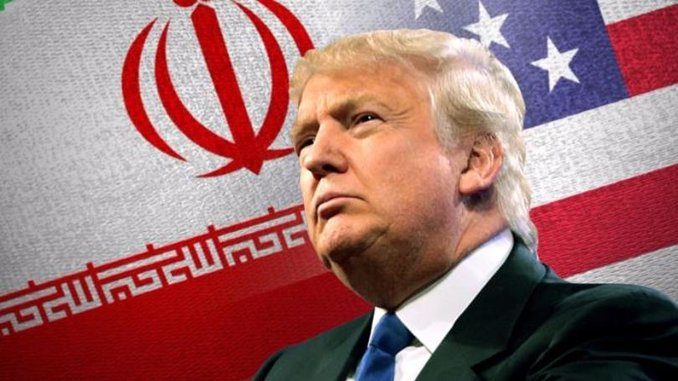
Officials and military experts have said that the Trump Administration repeatedly issues warnings and threats aimed at Iran but is not backing them. Instead, the U.S. is scaling down its military presence in the Persian Gulf, they add.
The U.S. has removed ships, planes and missiles from the region that would be needed in a major confrontation with Iran. The last U.S. aircraft carrier strike group was in the Persian Gulf in March when the Theodore Roosevelt left for the Pacific, officials familiar with carrier deployments said.
They added that the United States has not filled the absence of aircraft carriers in the Persian Gulf region which was created recently when the country began pulling them out of there. Defense Secretary Jim Mattis will further pull four Patriot missile-defense systems out of Jordan, Kuwait and Bahrain this month, and deploy them toward China and Russia.
Such discrepancy between estimates of the Iranian threat and the military’s posture in the region comes mainly from the 2018 U.S. national security strategy’s assessment that powers like China and Russia, rather than Iran, pose the greatest threats to the country. At the same time, schedules for maintenance and upkeep have affected the availability of U.S. aircraft carriers, The Wall Street Journal writes.
U.S. officials, nonetheless, say they have enough military resources to counter threats by Tehran or others, even though they also admit the aircraft carriers and the Patriot missile batteries served as a show of force. Defense analysts point out that these assets are needed to show Iran that the U.S. can back its threats.
“The concern is the President looks a Twitter tiger. If the rhetoric is not backed by a credible threat and a credible presence of American military power, then there is a danger that Iran will assess there is American mush, not American steel, behind the President’s tough rhetoric,” said Mark Dubowitz, chief executive of the Foundation for Defense of Democracies.

Be the first to comment